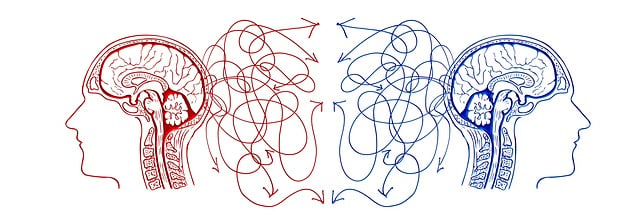
and Health
Musculoskeletal disorders (MSDs) are considered the most common and costly health problems in today’s society. They include a wide variety of conditions, such as chronic lower back pain, rotator cuff tears, carpaltunnel syndrome, and osteoarthritis.
For those affected by MSDs, pain, fatigue, and limited range of motion can severely limit their ability to move and perform everyday activities. That is why it’s important to understand the different types of MSDs and take preventive steps to maintain a healthy and active lifestyle.
Types of MSDs
The most common types of MSDs include:
Osteoarthritis: Osteoarthritis is a degenerative joint disease that results from wear and tear on the joints. It is the most common type of arthritis and affects more than 30 million Americans, causing joint pain and stiffness.
Rheumatoid Arthritis: Rheumatoid arthritis is an autoimmune disorder that causes inflammation of the joints. It is a more severe form of arthritis, resulting in more significant joint damage and disability.
Bursitis: Bursitis is an inflammation of the bursae, the small, fluid-filled sacs that help cushion the bones, muscles, and ligaments. It often results from repetitive motion, such as typing on a computer or carrying a heavy backpack, or from sudden trauma or injury.
Tendonitis: Tendonitis is an inflammation or irritation of the tendons, the tissue that connects muscle to bone. It is often caused by repeated strain or overuse.
Gout: Gout is a form of arthritis caused by an excess of uric acid in the blood that results in the deposits of crystals in the joints. It can be extremely painful and typically affects the toes, ankles, and feet.
Avoiding and Managing MSDs
Although it’s not always possible to prevent MSDs, there are steps you can take to reduce your risk and manage the pain and discomfort.
Exercise: Regular exercise can help strengthen the muscles and keep joints flexible, reducing the risk of pain and stiffness. Be sure to warm up before exercising and avoid activities that cause pain.
Good Posture: Maintaining good posture can help reduce the strain on your joints and muscles. Be mindful of your posture while sitting and standing, and use ergonomic tools, such as chairs and keyboards, to reduce strain.
Healthy Weight: Excess body weight places strain on your joints, increasing the risk of pain and discomfort. Losing weight can help to reduce strain and associated symptoms.
Rest: Nurturing yourself with rest and relaxation is essential for good musculoskeletal health. Listen to your body and take breaks when needed.
When to Seek Help
If you are experiencing persistent pain or discomfort in your joints, muscles, or tendons, it’s important to seek medical advice. Early diagnosis and treatment can help to prevent the further injury and loss of function.
